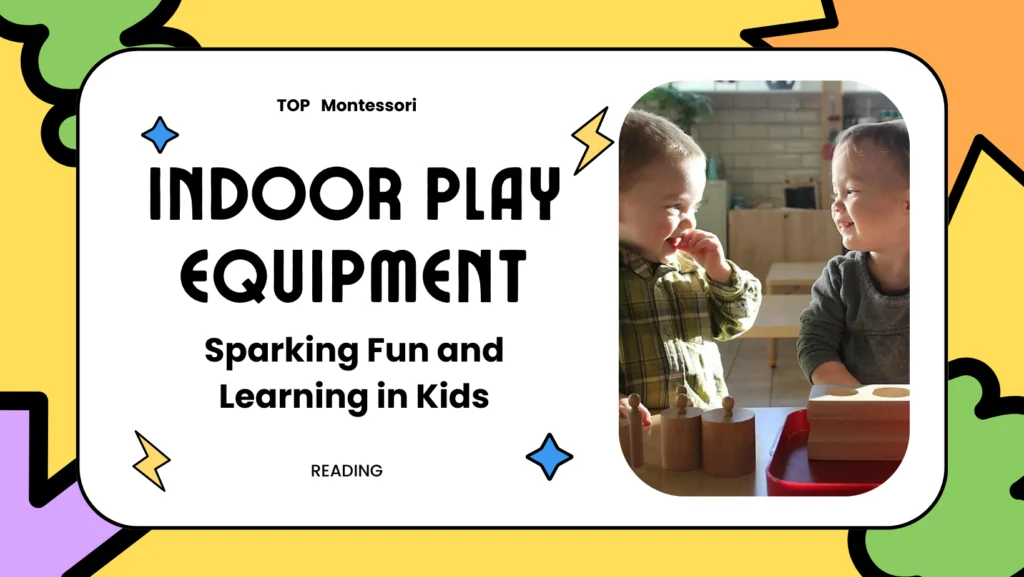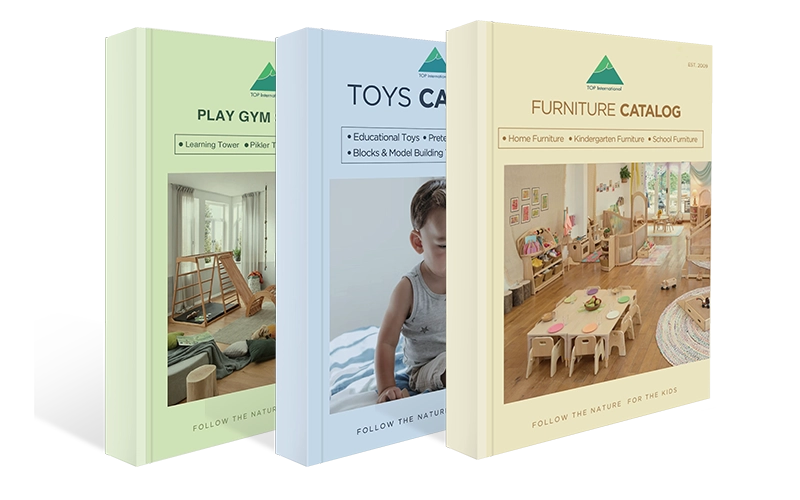Are you trying to balance your children’s fun and educational needs when they play indoors? Are you searching for that perfect mix that can keep them entertained and intellectually stimulated? How can indoor play equipment balance the fun and learning?
Indoor play equipment is not just an ordinary plaything; it represents a crucial aspect of a child’s learning and growth journey. Beyond mere entertainment, it offers a rich tapestry of experiences stimulating young minds and bodies. Through engaging with diverse structures like colorful ball pits, intricate climbing frames, and imaginative play zones, children are not just playing; they are discovering and learning.
Integrating indoor play equipment into your child’s daily routine is more than just providing entertainment; it’s about crafting an environment that nurtures learning through play. This dynamic approach to early childhood development ensures that children are active and engaged and continuously learning and evolving. Playtime becomes a comprehensive developmental tool with the right indoor play equipment, seamlessly merging physical activity with cognitive challenges and social interaction.
The Importance of Indoor Play Equipment
Indoor play equipment is a crucial element in the developmental landscape of children, offering much more than simple amusement. It acts as a place for growth, learning, and exploration, providing a safe and versatile environment where kids can engage physically, mentally, and socially. This equipment bridges the gap between play and education, allowing children to experiment and learn in a playful context. It supports the holistic development of young minds, fostering essential life skills such as critical thinking, collaboration, and physical fitness. In essence, indoor play equipment is not just a play option but a vital investment in the foundational stages of child development, nurturing their journey toward becoming well-rounded individuals.
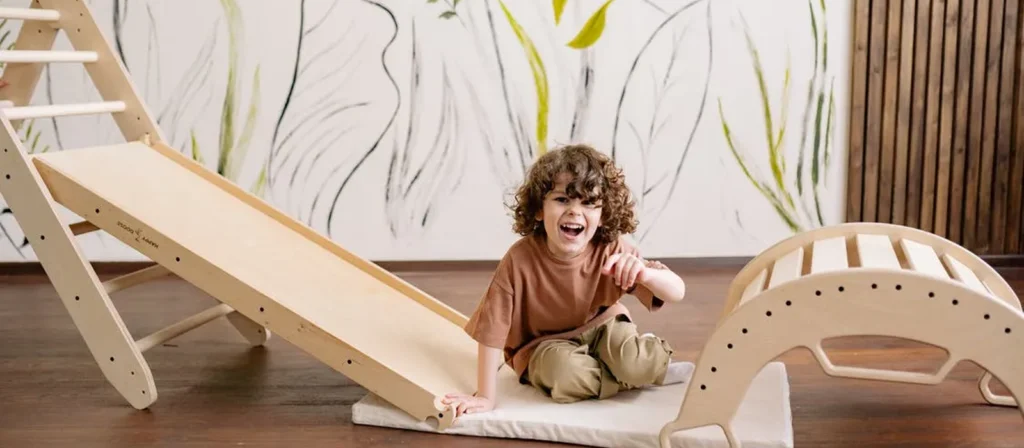
Benefits of using indoor play equipment
- Physical Enhancement Through Play: Indoor play equipment is a powerful tool in the arsenal of child development, offering many benefits that extend far beyond straightforward playtime enjoyment. It is essential in nurturing a child’s physical growth, where climbing, jumping, and crawling activities strengthen core muscles, improve balance, and enhance coordination.
- Cognitive Development and Problem-Solving:
- Beyond physical development, this equipment plays a pivotal role in cognitive enhancement. Engaging with complex play structures stimulates problem-solving skills and fosters critical thinking. Children learn to navigate challenges, leading to a sense of achievement and bolstering their self-esteem and decision-making capabilities.
- Social Skills and Peer Interaction: Socially, indoor play equipment facilitates peer interaction, promoting teamwork and communication skills. It creates a communal space where children can learn to share, negotiate, and collaborate, essential skills for future social interactions. This interaction also aids in developing empathy and understanding as they engage in cooperative play scenarios.
- Emotional Growth and Expression: Emotionally, the safe and controlled environment of indoor play spaces allows children to explore and express their feelings freely, contributing to emotional resilience and adaptability. It provides a venue for children to manage emotions, face fears, and develop confidence through various play activities.
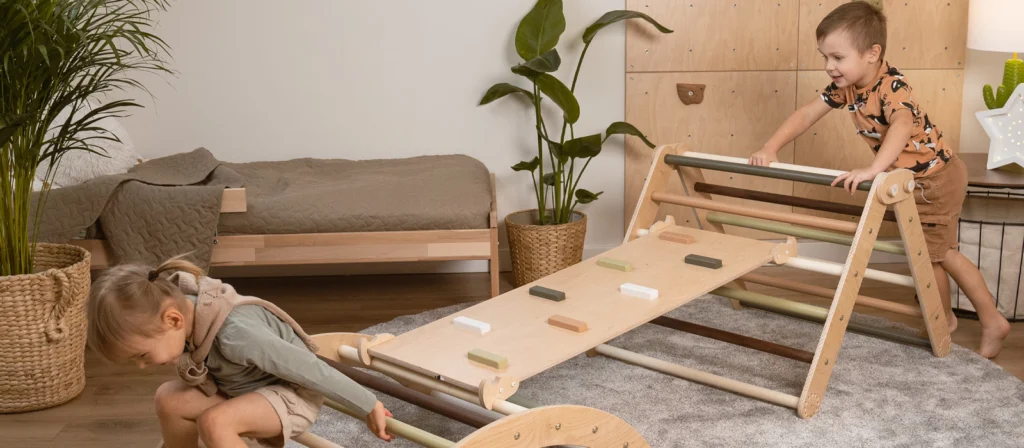
Types of Indoor Play Equipment

Climbing Structures and Frames
Climbing structures and frames are fundamental indoor play equipment designed to challenge and entertain children while improving their physical strength and coordination. These pieces often include ladders, ropes, and the pickler triangle that encourage children to use their muscles and develop motor skills.
Slides and Swings
Slides and swings offer exhilarating experiences that are favorites among children. These play pieces provide fun, teach kids about gravity and balance, enhance their spatial awareness, and contribute to their physical health through active play.

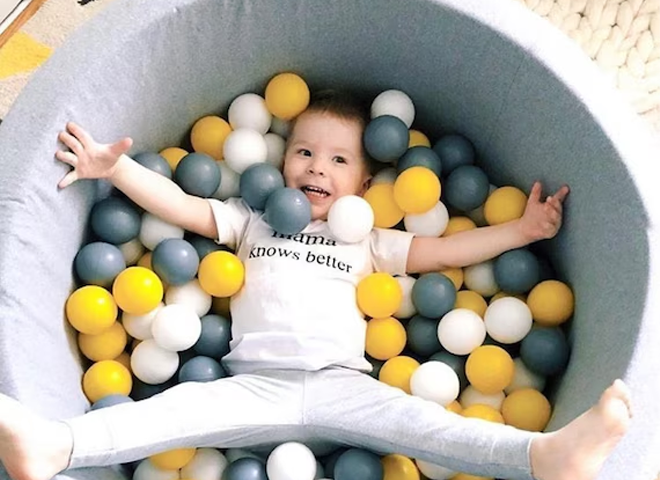
Ball Pits and Soft Play Areas
Ball pits and soft play areas are excellent for younger children. They provide a safe and stimulating environment where they can explore textures and colors, develop fine motor skills, and learn spatial relationships. These areas are perfect for sensory play, crucial for early childhood development.
Interactive and Educational Playsets
Interactive and educational playsets are designed to stimulate cognitive development and encourage learning through play. These sets can include puzzles, building blocks, and themed play areas that promote problem-solving skills, creativity, and imagination.
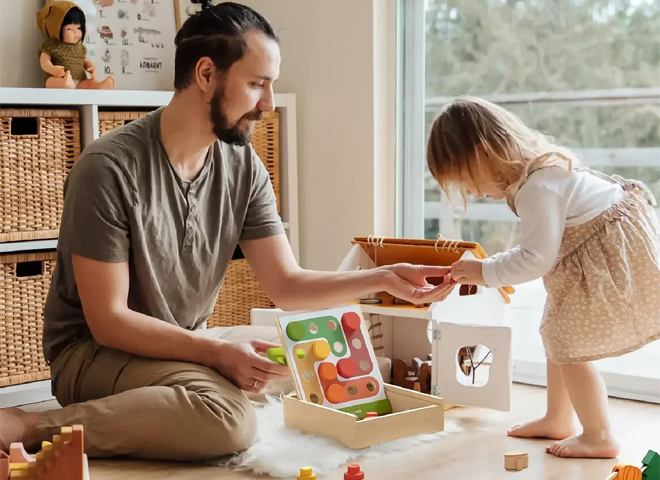

Role-playing and Dress-Up Stations
Role-playing and dress-up stations foster social skills and emotional development by allowing children to imagine and act out various scenarios. This play equipment helps develop language skills, empathy, and understanding of different perspectives.
Each type of indoor play equipment serves a specific purpose in contributing to a child’s development, making it essential to have various play options available to cater to different needs and interests.
Safety Precautions for Indoor Play Equipment
- Routine Checks for Wear and Tear: Safety begins with regular inspections of indoor play equipment to identify and address potential hazards. Regular checks can reveal wear and tear, loose bolts, and structural weaknesses, ensuring that all equipment remains in safe working condition and preventing accidents before they happen.
- Adherence to Safety Standards: Ensuring that all indoor play equipment meets established safety standards is crucial. This includes adhering to regulations regarding materials, design, and construction set by recognized authorities. Compliance helps prevent injuries and guarantees that the equipment is safe for children.
- Choosing Suitable Equipment for Different Age Groups: Appropriate play equipment is essential for safety. Equipment designed for older children can be dangerous for toddlers and vice versa. Tailoring the play area to the children’s age and abilities minimizes risks and enhances the play experience.
- Supervision and Guidance: Using indoor play equipment, constant adult supervision is necessary to ensure children’s safety. Active monitoring helps prevent risky behaviors and accidents, and adults can guide children on using the equipment safely and responsibly.

By implementing these safety precautions, caretakers and teachers can create a secure environment where children can explore and play without undue risk, ensuring that the indoor play area is safe for fun and learning.
Indoor Play Equipment of Different Ages
| Age Range | Focus | Recommended Indoor Play Equipment |
| 0-6 Months | Sensory Stimulation and Motor Skill Development | Soft play mats with high-contrast colors and patterns- Hanging mobiles and play gyms |
| 6-9 Months | Sitting, Crawling, and Sensory Exploration | Cushioned crawling tunnels and soft obstacles- Activity cubes and interactive boards |
| 9-12 Months | Standing, Cruising, and Fine Motor Skills | Sturdy push toys and walker wagons- Simple shape sorters, stacking toys, and large blocks |
| 1-2 Years | Walking, Climbing, and Language Development | Small slides and climb-on equipment for gross motor skills- Musical instruments and simple puzzles for cognitive and language development |
| 2-3 Years | Imaginative Play and Social Skills Development | Play kitchens, dollhouses, and dress-up clothes for imaginative play- Sand and water tables and small play structures for social interaction and sensory play. |
Incorporating Learning into Play
Blending education with play is a powerful method to enhance a child’s learning experience. By integrating educational elements into playtime, children can acquire new skills and knowledge enjoyably and engagingly. Using indoor play equipment designed with an academic purpose, such as puzzles that improve cognitive abilities, building blocks that teach spatial relationships, and themed play sets that expand cultural awareness, turns playtime into a dynamic learning session. This approach makes learning enjoyable and reinforces critical concepts through repetitive and interactive play. It’s about creating a playful environment where every activity, however fun, has an underlying educational benefit, thus fostering a seamless connection between play and learning.
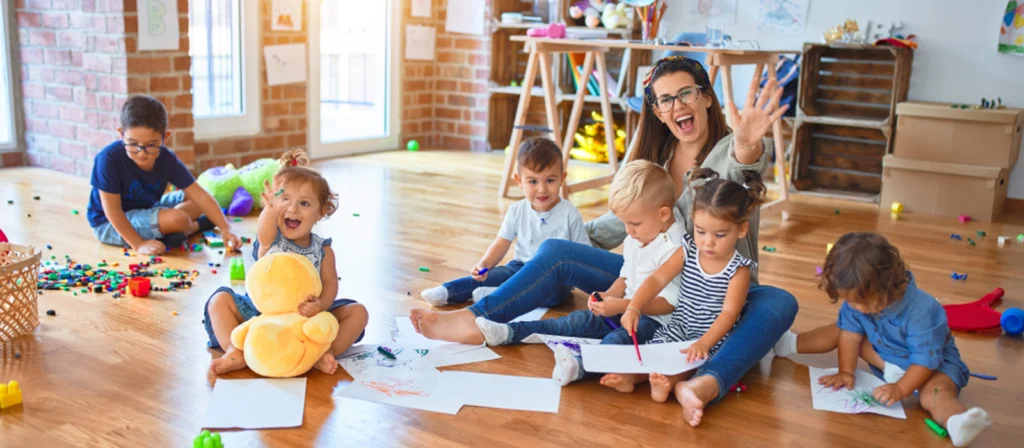
Maintenance and Cleaning of Indoor Play Equipment
Ensuring the longevity and safety of indoor play equipment necessitates regular maintenance and thorough cleaning. A well-established routine for inspecting and servicing play items can prevent wear and tear from compromising their structural integrity and safety. Cleaning should be conducted with non-toxic, child-safe cleaners to remove dirt and germs without introducing harmful substances into the play environment. Particular attention should be given to high-touch areas and parts prone to accumulating dirt and debris. Furthermore, regular checks for loose parts, sharp edges, or any signs of damage are crucial to maintaining a safe play area. By prioritizing the upkeep and hygiene of indoor play equipment, caregivers can provide a consistently safe, clean, and inviting play space for children.
Creative ways to play with indoor play equipment
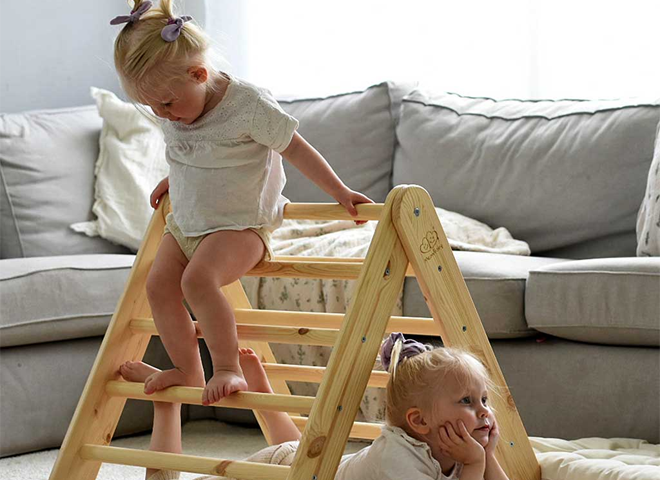
Theme-Based Play
Transform the play area into a themed environment to spark imagination and creativity. For example, turning a climbing structure into a pirate ship or a castle can provide a backdrop for children to engage in role-playing and storytelling, enhancing their creative thinking and language skills.
Obstacle Courses
Create obstacle courses using various indoor play equipment to encourage physical activity and problem-solving. This setup can include navigating through tunnels, balancing on beams, climbing over soft blocks, improving physical fitness, and enhancing cognitive skills like planning and execution.
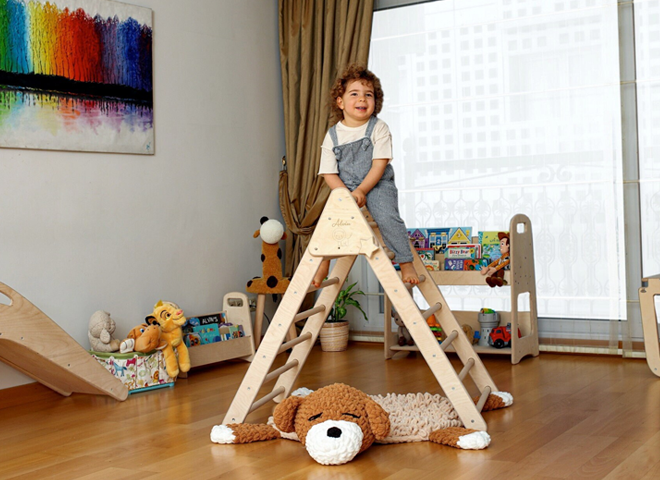

Interactive Learning Games
Use play equipment as tools for interactive learning games. For instance, incorporating counting, color recognition, or shape sorting into play activities can turn physical playtime into an educational experience, making learning fun and active.
By incorporating these creative play methods, indoor play equipment can offer diverse and enriching experiences, promoting development across multiple domains and keeping playtime fresh and exciting.
Indoor Play Equipment for Sensory Development
- Engaging the Five Senses: Indoor play equipment can be specifically designed to stimulate the senses, providing children with experiences that enhance their sensory awareness. Textured surfaces, colorful visuals, and interactive sound elements can engage touch, sight, and hearing. Equipment like sensory walls, tactile panels, and auditory tubes are excellent for promoting sensory exploration and integration.
- Touch and Movement Coordination: Sensory play equipment often combines touch with fine and motor skill development. For instance, climbing frames with different textures or resistance levels encourage children to use their sense of touch alongside physical coordination, aiding in developing motor skills and tactile discrimination.
- Sensory Experiences and Learning: The sensory experiences provided by play equipment can also support cognitive and emotional development. Engaging with varied sensory inputs can help children process information, solve problems, and respond to emotional stimuli, contributing to their overall mental and emotional intelligence.

How to Promote Learning and Development
- Aligning Activities with Developmental Objectives: To promote learning and development effectively, align play activities with specific educational goals. Choose indoor play equipment that targets different developmental domains, such as cognitive, physical, social, and emotional skills. For instance, puzzles and problem-solving games can enhance cognitive abilities, while play structures encouraging movement can develop physical skills.
- Fostering a Love for Discovery: Create an environment encouraging exploration and curiosity. Provide various play equipment that offers different challenges and learning opportunities, allowing children to discover their interests and strengths. This approach nurtures a love for learning and encourages children to engage deeply with the play material.
- Enhancing Learning through Interaction: Incorporate opportunities for feedback and reflection into playtime. Engage with children during play to discuss their actions, ask questions, and offer insights that can deepen their understanding and learning. This interactive process helps children connect their play activities and real-world concepts, enhancing the educational value of play.

Choosing the right indoor play equipment
When selecting indoor play equipment, it’s crucial to consider the children’s developmental needs and the play area’s space constraints to ensure that the equipment is age-appropriate and fits well within the available area. Safety and durability must be prioritized, selecting products that comply with safety standards and are constructed from robust materials to endure frequent use. Additionally, balancing entertainment and educational value is essential; the ideal play equipment should provide physical engagement and stimulate cognitive, creative, and social skills, fostering an all-encompassing developmental environment for children.

